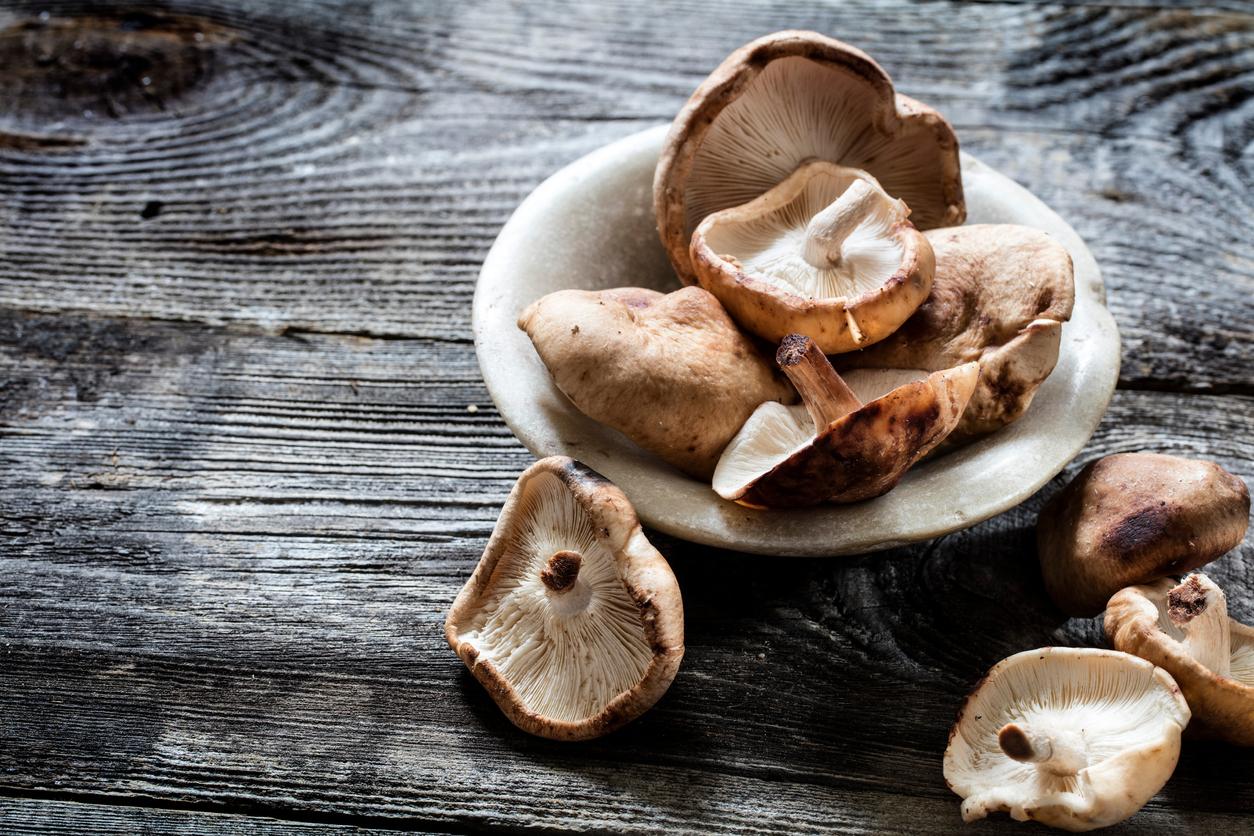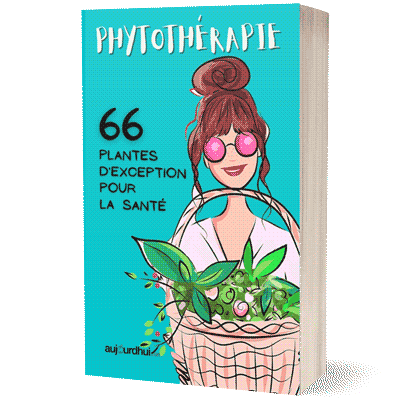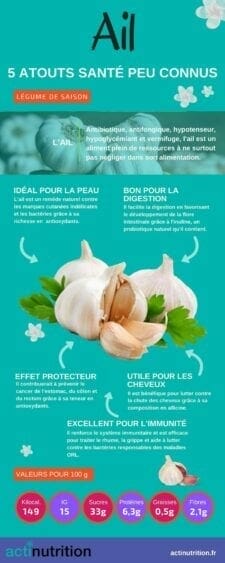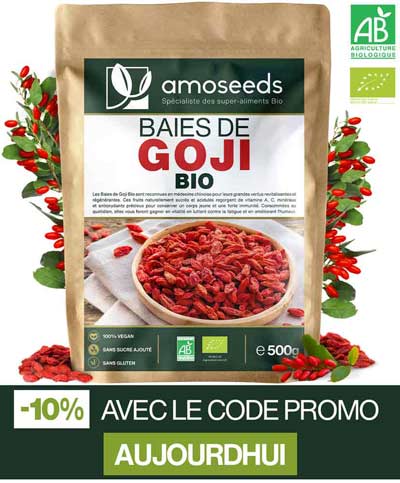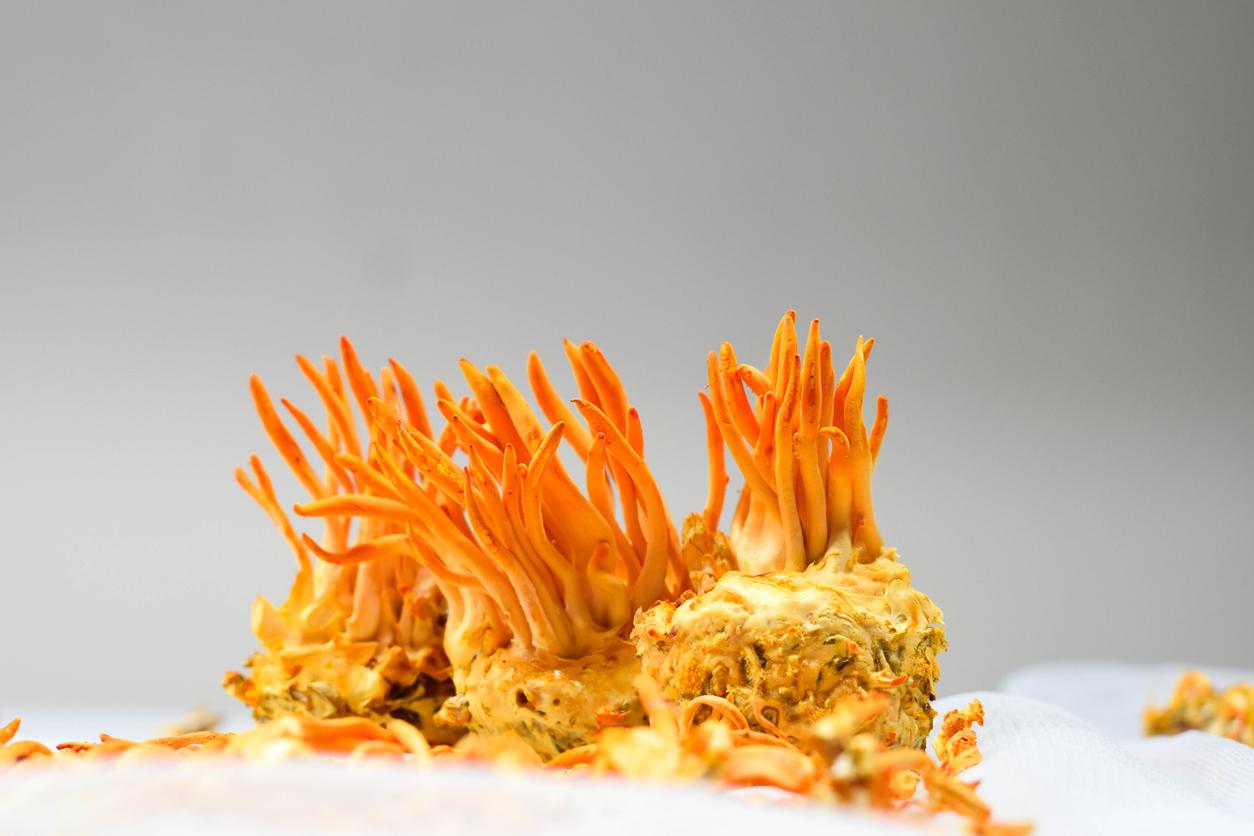What is shiitake?
Also called “lentin du oak” (Lentinus edodes), shiitake is an edible mushroom belonging to the Marasmiaceae family. He is also known as ” black fungus he is recognizable by his brown hat and white foot.
Extremely popular in Asian countries, shiitake has been cultivated in China and Japan for over 2,000 years. Documents associated with Emperor Chüai dated to the year 199 indeed mention a culture of shiitake (xiāng gū 香菇, which literally means fragrant mushroom). Today, shiitake cultivation alone accounts for 10% of world mushroom production and in Asia it is even more commonly consumed than button mushrooms here.
During the Ming dynasty, shiitake was often presented as an elixir of long life and today it is still appreciated as much for its taste as for its innumerable medicinal virtues.
What are the benefits of shiitake?
Shiitake is nicknamed ” life-bearing mushroom because it is full of antioxidants: copper, selenium, vitamin D, zincphosphorus, magnesium, potassium, manganese, vitamin B9 (folate), vitamin B5 (pantothenic acid), B2 vitamins, B3, B6PP as well as various polyphenols. It is therefore excellent for the skin, hair, shape and health in general.
- Shiitake has always been associated with its medicinal virtues which help to fight against respiratory conditions like colds.
- In Asian countries, many people consume shiitake preparations as winter approaches to stimulate their bodies and improve their immune defenses. What is his secret? His polysaccharideswhich increase the production of white blood cells, and its high content of lentinana complex sugar recommended for immunocompromised people.
- In traditional Chinese medicine it is said to strengthen the spleen and tone the qiwhich means it stimulates the digestive system, promotes assimilation and generates energy. It is therefore also used in case of inappetence, shortness of breath and fatigue.
- Excellent general tonicit is recommended to consume it very regularly in case of convalescence, fatigue, constitutional weakness,anemia or delayed or weak bone growth in children.
- Also in Chinese medicine, it is considered to treat “blood deficiency”, that is to say that it increases blood quality and treats dizziness, pale complexion or lips. In addition, it has properties hypoglycemic interesting to prevent Type 2 diabetes and theobesity : it allows a better transformation of fats into energy, its linoleic fatty acids promote weight loss, the strengthening of muscles and bones and its richness in β-glucan and eritadenine increases satiety and regulates blood sugar.
- Shiitake is also reputed to contain lentinan, a polysaccharide to which anti-cancer properties are attributed, particularly in prevention against stomach cancer and cervix. It is also hepatoprotective and choleretic (it promotes the excretion of bile, prevents gallstones and helps to treat hepatitis chronicles), hypocholesterolemic (eritadenine very significantly lowers cholesterol levels in the blood) and regulator of the urinary tract (useful in case of frequent urination,urinary incontinence or of kidney disease).
- Shiitake contains phosphorus, regenerating tissues and essential for the health of bones and teeth. Its other components also act against inflammation. This is why it is recommended, in decoction, to fight against infections of the mouth and gingivitis.
- Shiitake is high in fiber. However, dietary fiber is satietogenicwhich means that they require longer digestion and therefore regulate the feeling of hunger, perfect to avoid nibbling at the end of the day.
How to eat shiitake?
Shiitake is mainly used in cooking, like any edible mushroom (many people compare the cooking of shiitake to that of button mushrooms). Asian dishes (broths, soups, wok meat recipes, sautéed vegetable dishes, etc.) naturally give pride of place to shiitake.
How does Shiitake taste?It has a fleshy consistency, similar to that of porcini mushrooms, a pronounced and slightly pungent taste, which slightly reminiscent of meat.
Attention :The shiitake should be cooked for at least 15 minutes before consumption. In effect, this minimum cooking time is essential to avoid rashes! The National Agency for Food, Environmental and Occupational Health Safety (HANDLES) warns that Iraw shiitake consumption has been on the rise for several years. However, the consumption of raw or undercooked mushrooms causes a very specific form of skin poisoning: toxic dermatitis. flagellum dermatitis “. It covers the entire body and face and causes severe itching that can last up to three weeks.
- The best thing is to prepare the stir-fried shiitake in a wok (cooked through) with other vegetables, in an omelette or cooked in a broth with Asian flavors. Like button mushrooms, they can also be baked, steamed or pan-fried.
- It is also advisable not to soak fresh shiitakes in water to wash them at the risk of losing a good part of their nutrients and making them flabby when cooked. In dried form, its taste is more pronounced and this time it must be rehydrated for at least an hour..
- For its medicinal properties, shiitake is also offered for consumption in the form of capsules or of tablets to swallow.
- In Japan and China, lentinan is directly extracted from shiitake. Concentrated then purified, it can be administered by intravenous injection to people engaged in a medical course of chemotherapy or to people whose immune system is weakened by an illness.
- More simply, consume 15 g of dried mushrooms or 30 g of fresh mushrooms daily, would help prevent cancer and reduce the risk of metastasis.
- To fight against infections of the mouth, we boil some mushrooms in water, ten to fifteen minutes, then we filter and we use it, cooled, in mouthwash and drink.
If we refer to what the Asian populations practice, a daily consumption of shiitake around a dozen grams seems to emerge as the reference to follow.
What are the contraindications of shiitake?
- Pregnant women, children, people suffering from allergies or hypereosinophilia are among the populations for which it is not recommended to consume shiitake.
- It is also not recommended in case of chronic itching (it is especially believed that it is to be avoided in this case, even if the risks are minimal).
- One should also avoid excessive consumption if one suffers fromchronic indigestion.
Apart from this target audience, there are no other contraindications to the use of shiitake in cooking or as a food supplement to take advantage of the benefits of this mushroom. It is also particularly suitable for vegetarians and vegans because of its richness in amino acids (including the eight essential amino acids that the body cannot manufacture itself).
Read also: Harpagophytum: health benefits, dosage and contraindicationsAloe Vera: skin care, health benefits, how to use it?Sage: benefits and useMauve: origins, health benefits, how to use it?









